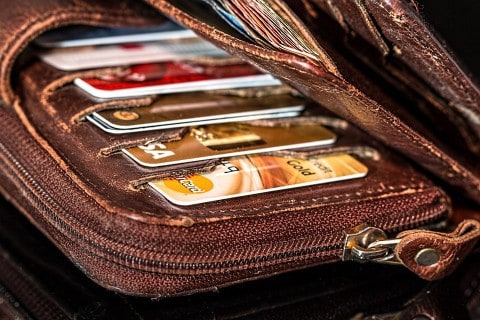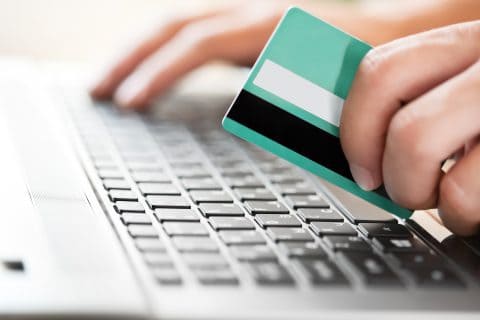The Case for Having Identity Theft Protection in Your Twenties

You already have a lot of expenses, so you may not think identity protection is worth it. You’re young, you pay attention to your finances, so why bother? Well, you’d be surprised to know that college students and twenty-somethings are one of the primary targets of identity theft.
You’re just starting out your life and building credit. This is exactly why you probably get so many pre-approved credit card offers in the mail and through your email. Of course, this isn’t the only reason people in their twenties are targeted. Identity thieves can steal your information through a number of channels — most of which are things we use literally every day.
Social Media
Facebook, Twitter, Pinterest, Instagram, and Snapchat are perfect ways to connect with friends, but they’re also ways for criminals to learn more about you. For example, posting about when you’re going on vacation can open you up to a host of problems, involving burglary and identity theft—which often aren’t discovered until it’s too late.
That isn’t the only information thieves use, however. Some data can be used to open fraudulent accounts or to get into your existing accounts. A thief will need your full name and date of birth to confirm themselves as you. Passwords are usually things we can remember, like our pet’s name, which makes it dangerous to put hometowns, pet names, relationship status, school locations, and graduation dates a prime target. Most (if not all) of this data is available on your social media pages.
Public Wi-Fi
We all hop on Facebook or Instagram while we’re standing in line at Starbucks waiting for our delicious, frothy latte, but it’s more dangerous than you’d think. Public Wi-Fi isn’t as secure as it should be—hotspots are available to anyone, and the information is rarely encrypted. This means if you purchase your latte online because the line is out the door, your card information is ready for the taking.
The only way you know your information is encrypted is if you use a password to sign in or the website starts with “https.” Unfortunately, most websites don’t encrypt your information, and public Wi-Fi is always open to anyone with a computer or smartphone.
Smartphones
These little devices let us text our friends and hop online anywhere, but they’re also incredibly easy to steal. Not to mention they probably contain loads of sensitive information we wouldn’t want our parents to see—much less criminals.
Your password is an excellent way to protect your information, but it’s easy to hack into a smartphone and access all the juicy data that reveals just who you are, your bank accounts, social media information, etc. Symbols are a little easier to hack when compared to a number passcode, but even this isn’t foolproof. There’s no way to 100% protect yourself from getting your smartphone stolen, but investing in a little identity theft protection could help prevent thieves from using your data to their advantage.
Debit Cards
No matter how many times your mom or dad tells you that spending cold, hard cash is the best way to control your money, debit cards are the way to go. They’re easy to use and carry, and they’re becoming more secure every day, but that doesn’t mean they’re 100% safe.
You may never think your card could get scammed, but it can. This is coming from someone who thought the same thing and still had her information stolen. It was only after this event that I realized how easy it was for a criminal to steal your card data.
The way criminals steal your card information is by placing a card skimmer in an easy-to-access point-of-purchase area where you slide your card. With just one swipe, they have your card number and can be used to purchase anything anywhere in the world.
EMV chip cards are becoming more and more apparent, but these cards aren’t 100% safe either. Unfortunately, criminals are always discovering new methods to hack your card and take money from your account. You’ll probably only notice when it’s too late, but an identity theft company monitors your accounts and lets you know immediately when you’ve been compromised.
Credit Monitoring
Some criminals don’t target just your bank account. Some actually use your name and Social Security number to open new accounts that give them access to even more debt. In most cases, there isn’t much you can do to protect yourself from this type of fraud other than keeping an eye on your annual credit report.
The good news is that identity protection services can monitor your credit regularly, and be there when something happens. You often have access to more credit history reports, and fraud alerts are available through some services and plans that inform you suspicious activity has occurred on your account.
No one wants to spend more money than they have to, but $10-$20 isn’t an obscene amount to pay to protect yourself. It’s about as much as that delicious latte from Starbucks or that new MAC lipstick, but it does much more than satisfy you for a few hours—it’s an investment in the safety of your future.
Last modified on July 25th, 2018






Show Comments +